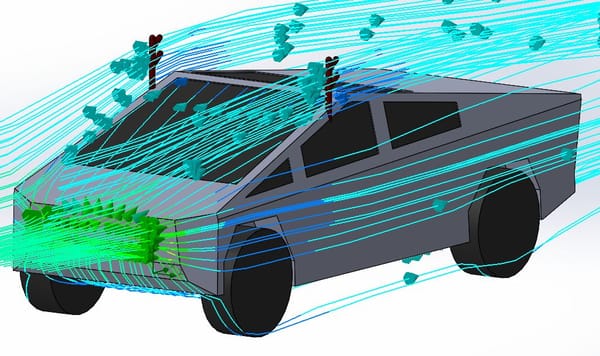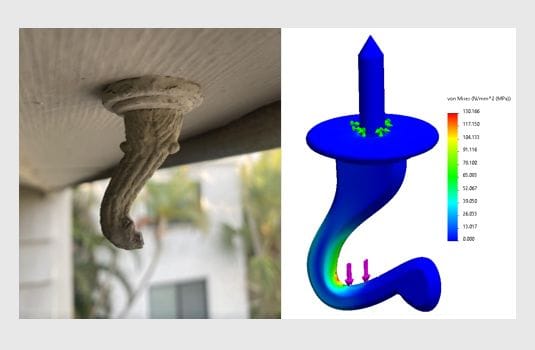pines vs. maples... er...hardwoods...or maybe palms?
Well…I picked the wrong tree. There are officially no maples in all of Florida.

Well…I picked the wrong tree. Went out looking for some maples to cut down this weekend and came up totally empty so it looks like this contest is going to be oaks vs. pines from here on out. Got tons of those.
—side note—
If anyone’s got a pair of 2 inch diameter saplings (one maple, 1 pine) please chop them down and send me a six inch long chunk cut right at the base and I’ll proceed with the experiment as planned.
—end side note—
For now, let me tell you what I’ve learned instead.
Wood as an engineering material is measured when dry. There is a reason for this…it’s extremely springy when it’s wet and doesn’t behave like any engineering material I’m used to working with.
It squishes.
When you try to bend it, the inner portion of the tree (loaded in compression) squishes down while the outer part of the tree (loaded in tension) stretches out. This means that live trees don't fracture, they rupture.
live trees don't fracture, they rupture.
The longitudinal fibers of the tree remain intact but the outer rings start to separate at the point of peak stress and they kind of twist around the side of the cylindrical trunk of the tree. This minimizes the areal moment of inertia and therefore the stress experienced by any of the individual fibers. The tree never really breaks...it just kind of comes apart.
This is actually really interesting because it explains something else I’ve been curious about.
Namely; how the heck can palm trees be so tall and skinny without breaking?

It turns out that the fibers in a palm run longitudinally and the trunk looks more like tightly compressed grass in cross section.
Each of the fibers runs up the length of the tree and can “slip” relative to the one next to it. This means that a tree can bend like this in a Hurricane and spring right back up no worse for wear when the wind dies down.

Ok, got sidetracked there…my initial question was whether pine trees are stronger than maples at any point in their lifecycle due to their rapid growth rate. Turns out, this question is flawed.
It doesn’t correspond to the reality of how trees work.
The definition of failure in a tree is is not the point at which the max stress exceeds the ultimate tensile strength of the wood. It’s the point at which the lateral/circumferential bonds between individual fibers break down and allow the tree to flatten and bend.
I am totally blanking on how to approximate this. There’s no “modulus of fiber separation” to plug and chug in my handy bending stress equation soooo…looks like I’m heading out to the woods with a fish scale to snap some trees off and gather comparative data.
…but they won’t be maples.
More on that later. Now off to drop some GPS trackers in the Gulf of Mexico!




